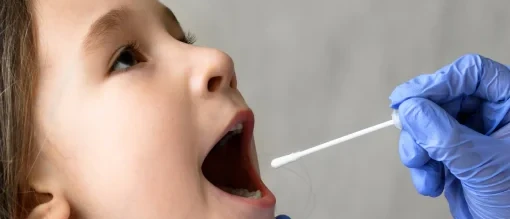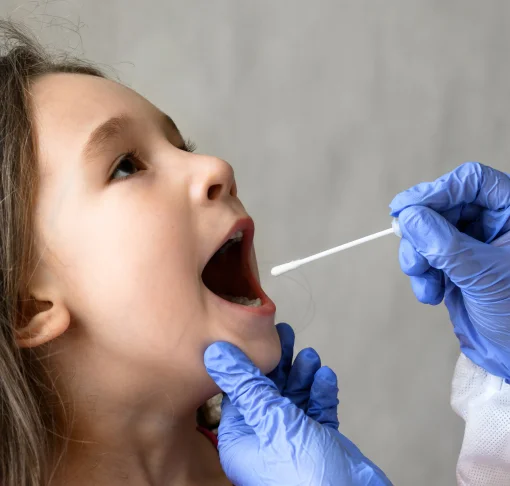Navigating Alcohol Testing in Family Law: Insights from Our Expert Webinar
In family law proceedings, accurate alcohol testing can be crucial for determining parenting capabilities or compliance with court orders. During a recent webinar, experts answered key questions about the types of alcohol tests available, including blood, hair, and SCRAM (Secure Continuous Remote Alcohol Monitor), and their application in legal cases. This article summarises the insightful discussion, offering clarity on how these tests work, their costs, and their suitability for different scenarios.
Why Do Family Courts Prefer Blood or Hair Tests Over SCRAM for Alcohol Testing?
Blood and hair tests are typically used to assess past alcohol consumption, which is crucial for understanding someone's drinking history. These tests can reveal patterns over weeks or months. For example, hair testing can track alcohol consumption over the past three months by analysing 3 cm of hair.
SCRAM, on the other hand, is designed to monitor alcohol use in real-time and future alcohol consumption compliance. It cannot detect historical alcohol consumption. Once fitted, SCRAM devices track alcohol levels continuously, every 30 minutes, providing insights into current and future drinking behaviour. Courts often combine these methods depending on the specific needs of a case.
How specific is SCRAM? Does it track alcohol use by the hour, day, or week?
SCRAM devices test alcohol levels every 30 minutes, 24/7—roughly 48 tests per day. When someone consumes alcohol, alcohol is eliminated out of the body system in different ways such as urine and also through the skin. It starts to eliminate through the skin about 90 minutes to 2.5 hours later. SCRAM detects this elimination phase, creating a timeline of the drinking event.
For example, if elimination begins at 6 PM, we estimate drinking started around 4:30 PM. The device charts the peak and duration of elimination, allowing patterns to emerge over weeks of monitoring.
How Much Does SCRAM Monitoring Cost?
We charge per day, and for 30 days, the cost is typically under £500. If only one report is required, it may cost less. Costs depend on factors like urgency, the number of reports, and appointments. For precise quotes, email us at info@attolife.co.uk.
If the equipment has a fault, do you have UK support to fix it?
Yes, SCRAM Systems have a base in the UK we can diagnose most issues remotely using the device’s self-diagnostic tools. If a replacement is needed, we can swap it out quickly through our UK-nationwide network, often the same or next day. While repairs are done, our local team ensures minimal disruption.
Where is the SCRAM device fitted—at a client’s home or their solicitor’s office?
Our sample collection network covers the whole of the United Kingdom and is flexible to fit these devices. Devices can be fitted at home, a solicitor's office, or any confidential location that suits the client. We work to ensure comfort and discretion in every case.
Can SCRAM CAM Be Tampered With?
While no system is entirely tamper-proof, SCRAM CAM (Secure Continuous Remote Alcohol Monitoring) is specifically designed with robust anti-tampering features. The bracelet is equipped with sophisticated technology to detect attempts to interfere with its operation or remove it improperly. The devices are equipped with a temperature sensor and an Infrared sensor to detect any tampering incidents.
Tamper Detection Sensors:
SCRAM CAM has sensors that monitor for unusual changes in strap tension or tampering attempts. If the strap is cut, altered, or removed, an alert is triggered and logged in the monitoring system.
Temperature Sensors:
These sensors detect changes in skin temperature, which could indicate that the device has been removed or an object has been placed between the bracelet and the skin.
Immediate Alerts:
Tampering alerts are sent to the monitoring agency in real time, allowing for prompt action and verification.
To what extent can SCRAM quantify alcohol consumption?
SCRAM detects alcohol events rather than providing direct blood or breath alcohol levels. It measures transdermal alcohol concentration (TAC) and can estimate consumption. For instance, a peak TAC of 0.08 might indicate approximately between six to eight units of alcohol. SCRAM is a useful tool to monitor no or low alcohol consumption, especially in cases where complete alcohol abstinence is instructed.
Can the SCRAM device tell the difference between alcohol consumed internally and exposure to environmental alcohol, like fumes in a bar?
Yes, the SCRAM device detects all alcohol but differentiates between environmental exposure and internal consumption through detailed data analysis. Environmental alcohol causes short, low-level spikes, unlike the sustained patterns of internal consumption, which show a clear peak and elimination curve. Before the results are reported all alcohol detection incidents are analysed by the professionals and marked as confirmed consumption incidents or not.
Our rigorous analysis ensures that confirmed drinking events are based on solid evidence, making the results reliable for court use and avoiding false positives from environmental exposure.

